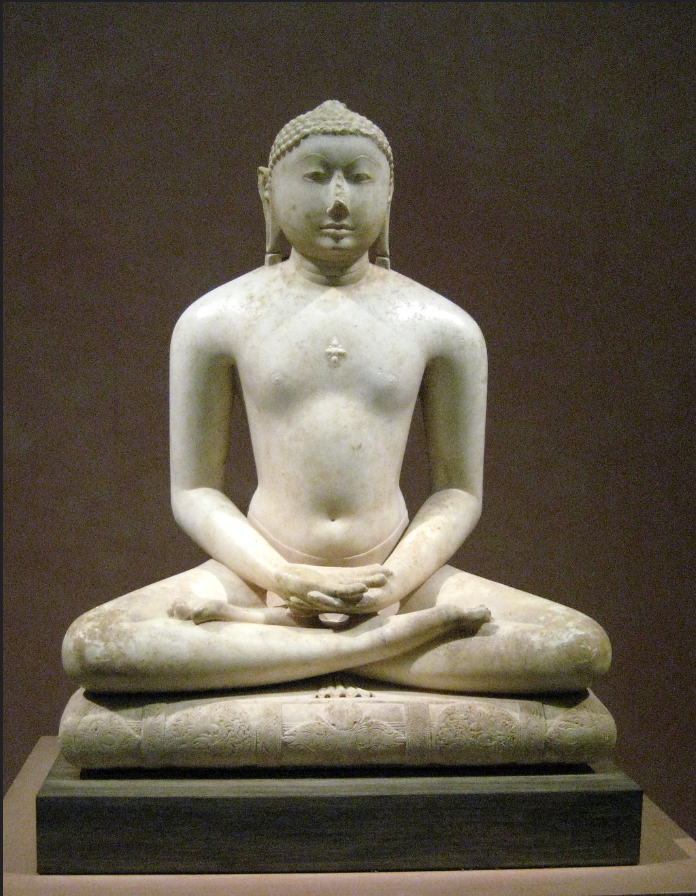
Join us on WhatsApp
We are adding new Notes, Chapterwise MCQs, Quizzes, Previous Years Questions everyday
Home » UPSC Study Materials » CivilsCracker Explains » Ancient History Detailed Notes » Tirthankaras in Jainism | Ancient history notes
According to Jain scriptures, there were 24 tirthankaras. Kalpasutra is a religious scripture of Jains which mentions the life histories of 24 Tirthankaras. Every Tirthankara is associated with a symbol.
The names of 24 Tirthankaras and their symbols are mentioned in the table below :
Tirthankara Name | Tirthankara Symbols |
|---|---|
Rishabhanatha | Bull |
Ajitnatha | Elephant |
Shambhavanatha | Horse |
Abhinandanatha | Ape |
Sumatinatha | Heron |
Padmaprabha | Lotus |
Suparshva | Swastika |
Chandraprabha | Moon |
Pushpadanta | Crocodile |
Shitala | Kalpavriksha |
Shreyamsha | Rhinoceros |
Vasupujya | Buffalo |
Vimalanatha | Boar |
Anantanatha | Porcupine |
Dharmanatha | Thunderbolt |
Shantinatha | Antelope/Deer |
Kunthu | Goat |
Aranatha | Nandyavarta/Fish |
Mallinatha | Water Jug/Kalasha |
Suvrata/Munisuvrata | Tortoise |
Naminatha | Blue Lotus |
Neminatha | Conch Shell / Shankh |
Parshvanath | Snake |
Vardhamana Mahavira | Lion |
Now, let’s discuss about the some of the important Tirthankaras in detail:
Tirthankara Neminatha:
The fifth one, ‘Brahmacharya’ was later added by Mahavira.
With this, we conclude our study of Tirthankaras in Jainism here.
You can study complete ancient history in a chapterwise format here : Ancient History Chapter-wise notes
You can solve ancient history chapterwise MCQs here : Ancient History Chapter-wise MCQs

Read in detail about decline of Jainism.

Read about the different causes for the rise of Jainism and Buddhism in India.

Read about Vedānta(Also known as Uttara Mimamsa) and it’s six sub schools.

Read about the Different types of marriages in Vedic Period.
We are adding new Notes, Chapterwise MCQs, Quizzes, Previous Years Questions everyday
We are adding new Notes, Chapterwise MCQs, Quizzes, Previous Years Questions everyday